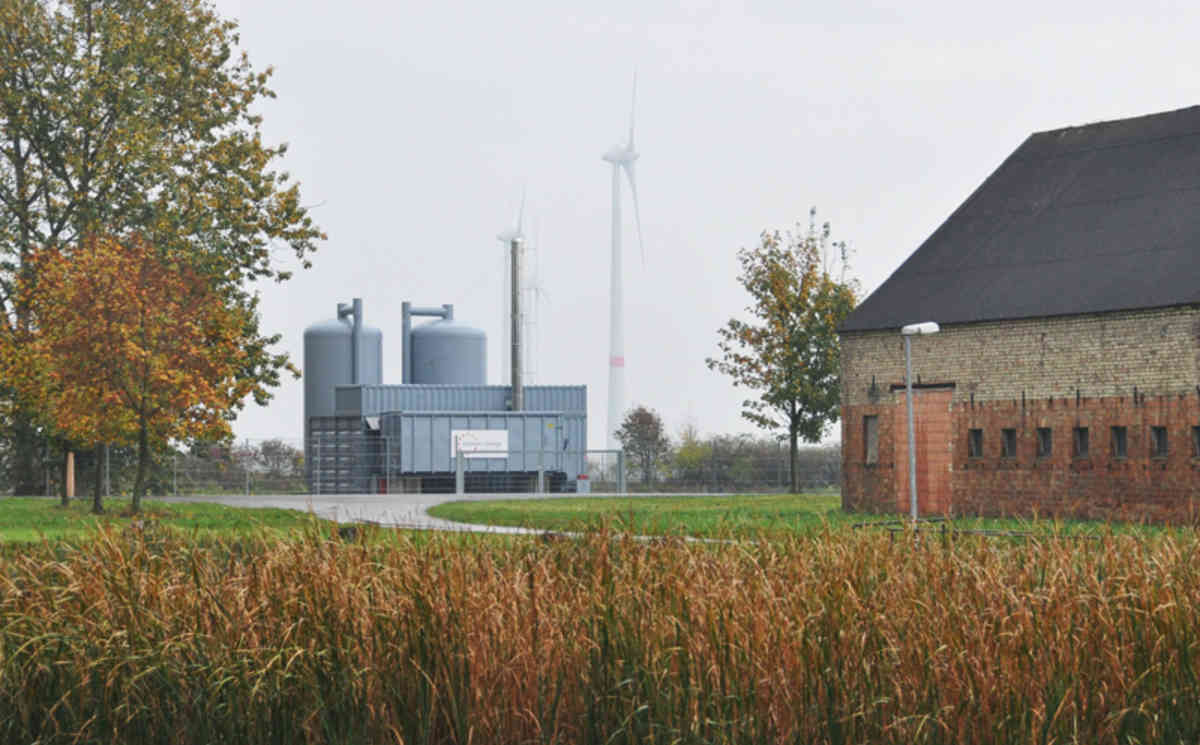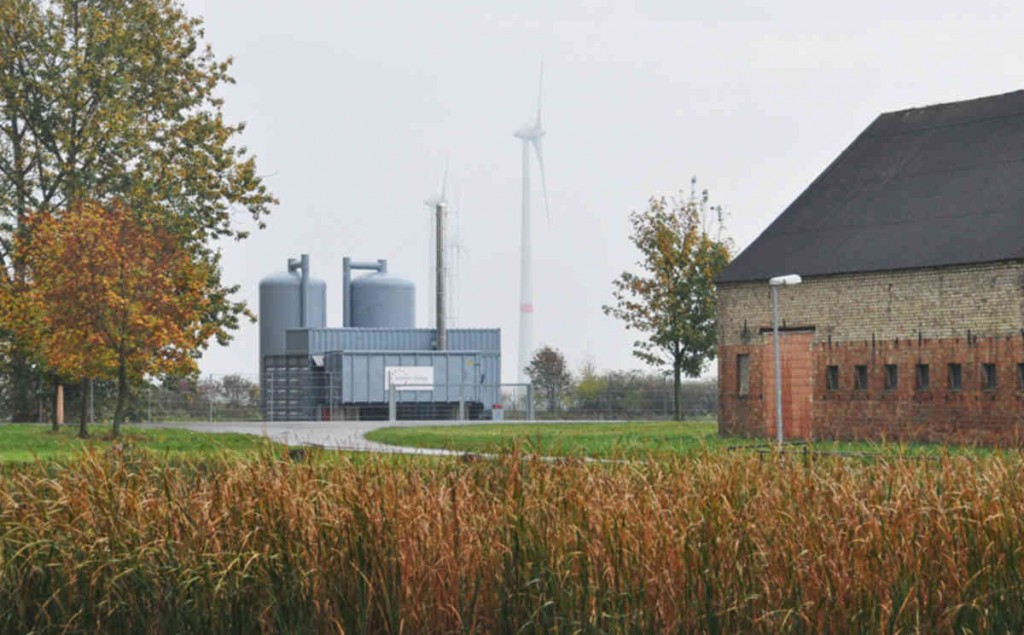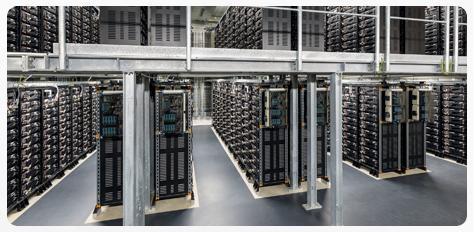October 28, 2014 – The meaning of the German word “energiewende” is energy transition. Of all countries of the Developed World there is no doubt that Germany is transitioning faster to a low carbon economy than any other. The term first appeared in a German publication in 1980 which described a future in which Germany freed itself of reliance on fossil fuels and nuclear power to energize the nation. But the word means more than just reducing reliance on carbon-based energy. Instead it encompasses the democratization of energy where giant utilities no longer are the dominant players and national grids are no longer the primary deliverers of power to the nation. That brings me to two stories that appeared recently that illustrate Germany’s energiewende.
Meet Feldheim, A Village Off the Grid
The German village of Feldheim sports a population of 150. Situated near Berlin, Feldheim’s villagers decided to sever the link to the national power grid. Today all energy produced is derived locally. The source – wind turbines, a solar park, a biogas plant powered by pig and cattle manure, corn stubble and wood chips from forestry waste. Combined the wind and solar provides electricity and the biogas plant provides heat in winter.
Villagers took out bank loans to finance this scheme. They also received some state subsidies. Then they hired a green energy company, Energiequelle, to build their green energy solution. The loans are being paid back from savings derived from lower heat and electricity costs.
And Feldheim isn’t finished in their personal energiewende. They recently added an electric car power station. And on order is a 10 Megawatt battery storage technology which when installed in 2015 will provide backup to the wind and solar to ensure a 48-hour emergency supply of electricity.
The added bonus, today Feldheim sells excess power to the national grid, providing the village with another source of income and a means of paying down on the investment the villagers have made even faster.
Saxony-Anhalt Builds a 30 Megawatt Storage Battery
In the state of Saxony-Anhalt lies a site called the Solar Valley. Its focus is on research into advancements in silicon photovoltaics – solar power. Today more than 60% of the state’s electricity comes from solar energy sites. The balance comes from coal-fired power plants, providing backup capacity when the Sun doesn’t shine.
But not for much longer because Saxony-Anhalt is investing in battery storage, and not in a small way. The new 30 Megawatt facility is developed by Younicos, a company that is developing battery systems big enough to replace 100 Megawatt coal-fired power plants.
When you think of batteries of course you have in mind a single large storage container terminals and power cables going in and out. But that is not what Younicos delivers. Instead this battery is a warehouse-sized operation (see picture below) that contains a combination of lithium-ion, sodium-sulfur and vanadium redox flow batteries all controlled by sophisticated software managing storage and release of power to the state’s power grid.
With this first 30-Megawatt battery Saxony-Anhalt hopes to capture all of the excess energy it produces that today is lost and feed it back into the system as needed. This should help in their energiewende to 100% renewable energy by 2050.
Germany through energiewende has ambitions to achieve an 80 to 95% reduction in greenhouse gases by 2050. This will come from initiatives such as those described above. Renewable power generation and battery storage are the principle means by which this energy transition will be achieved. Today 25% of Germany’s electricity production comes from renewables. Feed-in tariffs have provided the incentive to get towns like Feldheim and states like Saxony-Anhalt to jump on the renewable energy bandwagon. The investment is leading to innovation such as that developed by Younicos with its software-controlled Megawatt-sized storage systems that should be attractive to countries all around the world as they follow in Germany’s energiewende footsteps.























You said
“Of all countries of the Developed World there is no doubt that Germany is transitioning faster to a low carbon economy than any other”
But actually Germany is one of the few European countries where CO2 emissions have increased in recent years, and it plans to increase the use of coal and gas for electricity generation, with several new plants under construction.
Read http://www.powerengineeringint.com/articles/2014/10/germany-mulls-cutting-coal-fired-power-capacity.html. Germany in making its decision to cut nuclear power from the mix of energy producers in the country temporarily increased coal-fired power plants. Coal last year made up 45% of the country’s energy capacity. But the country is on track to remove 10 Gigawatts of coal-based electricity production as part of its carbon reduction strategy. The government remains committed to a 40% carbon reduction target by 2030. Much of the capacity replacement will come from solar and wind. And some will come from natural gas. The latter, although producing a lower carbon footprint, does little to achieve Germany’s ultimate goal to be carbon free by 2050.